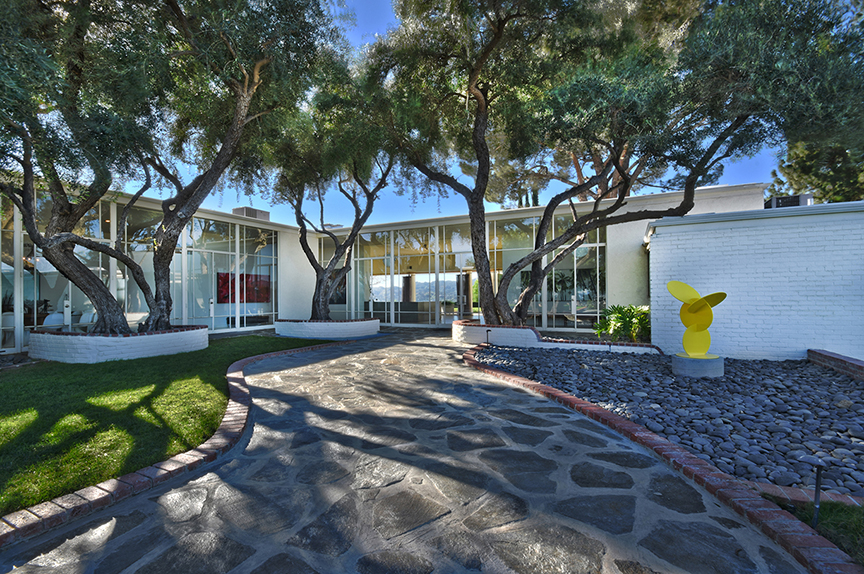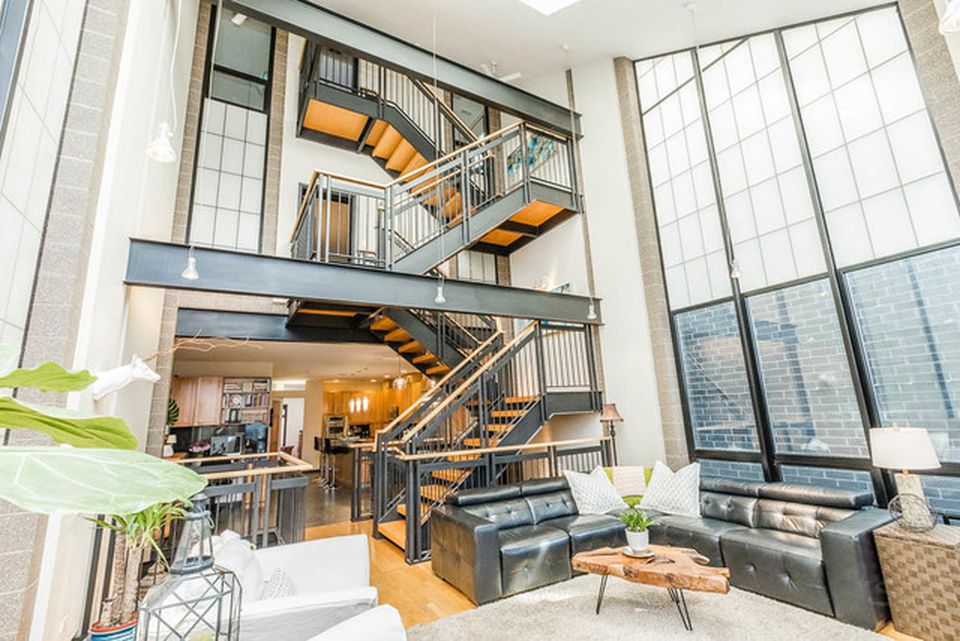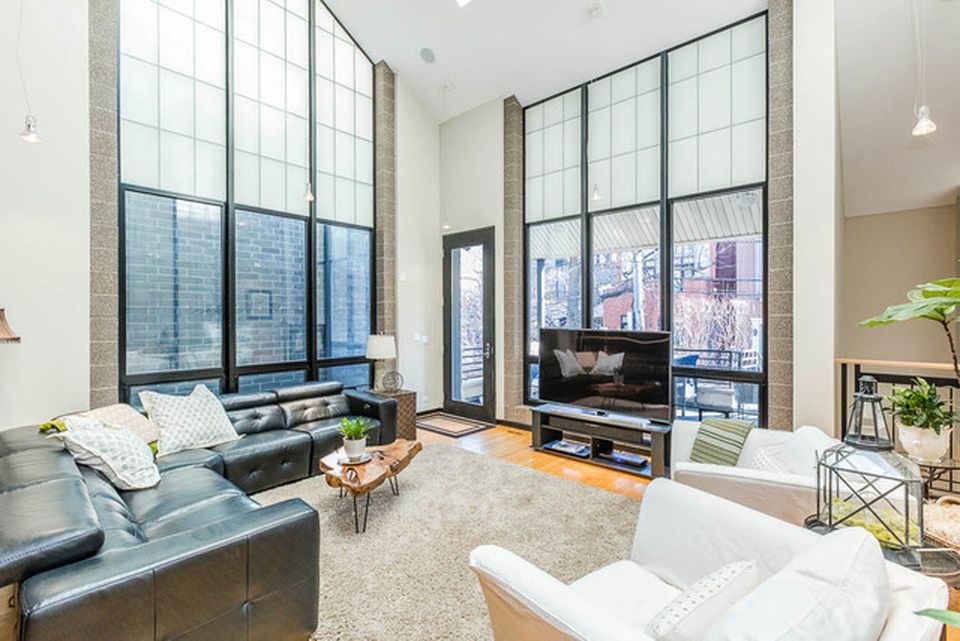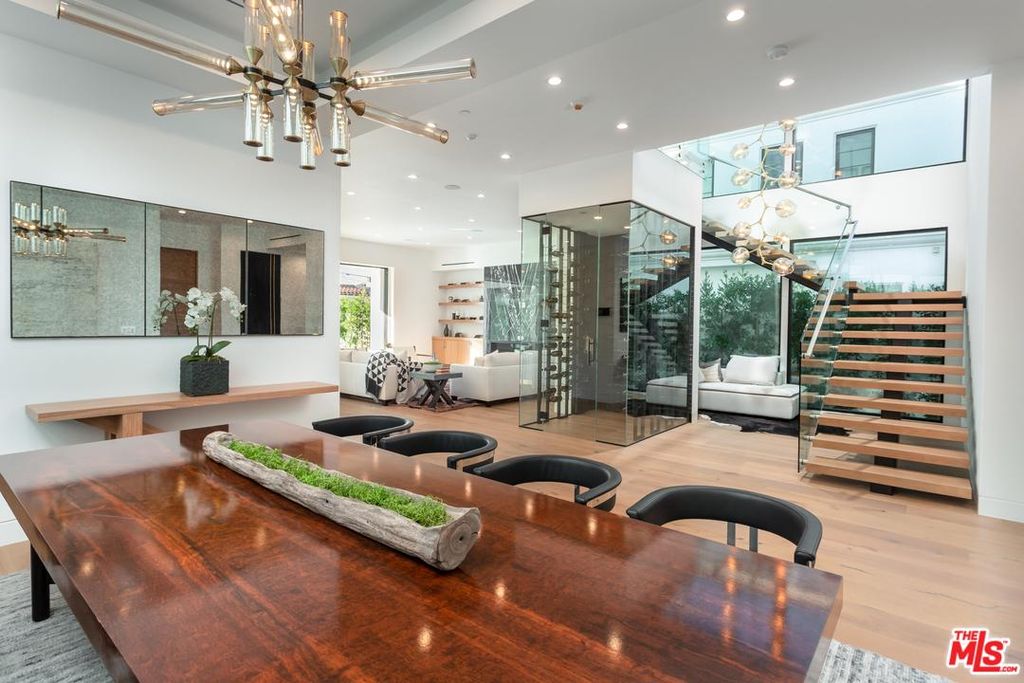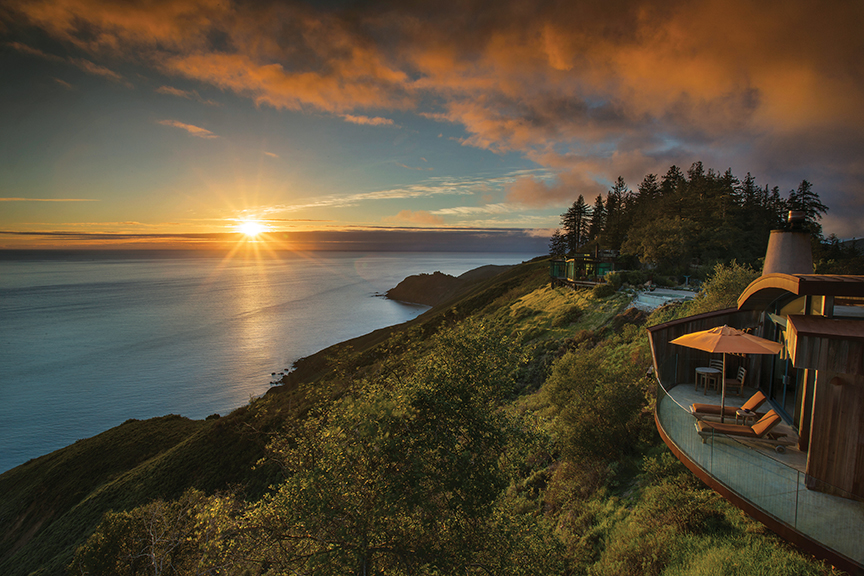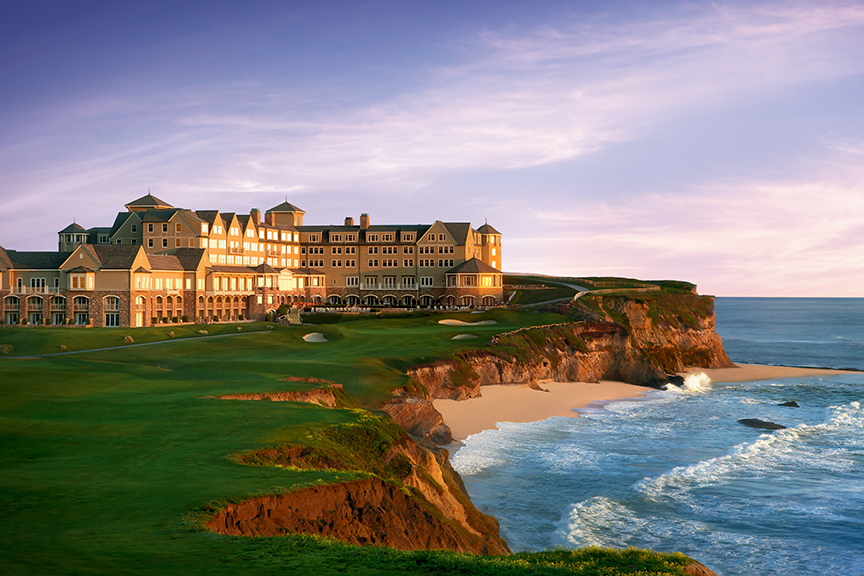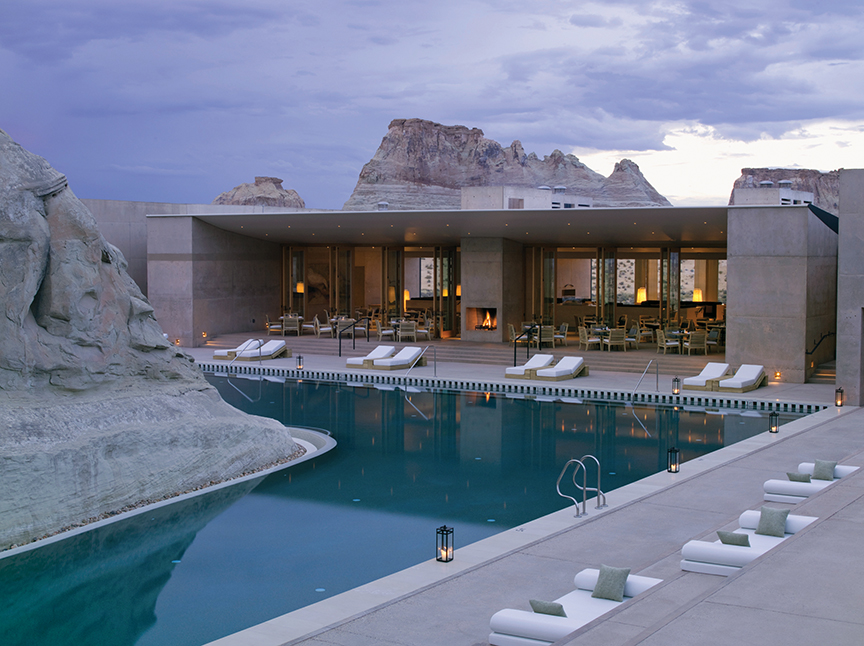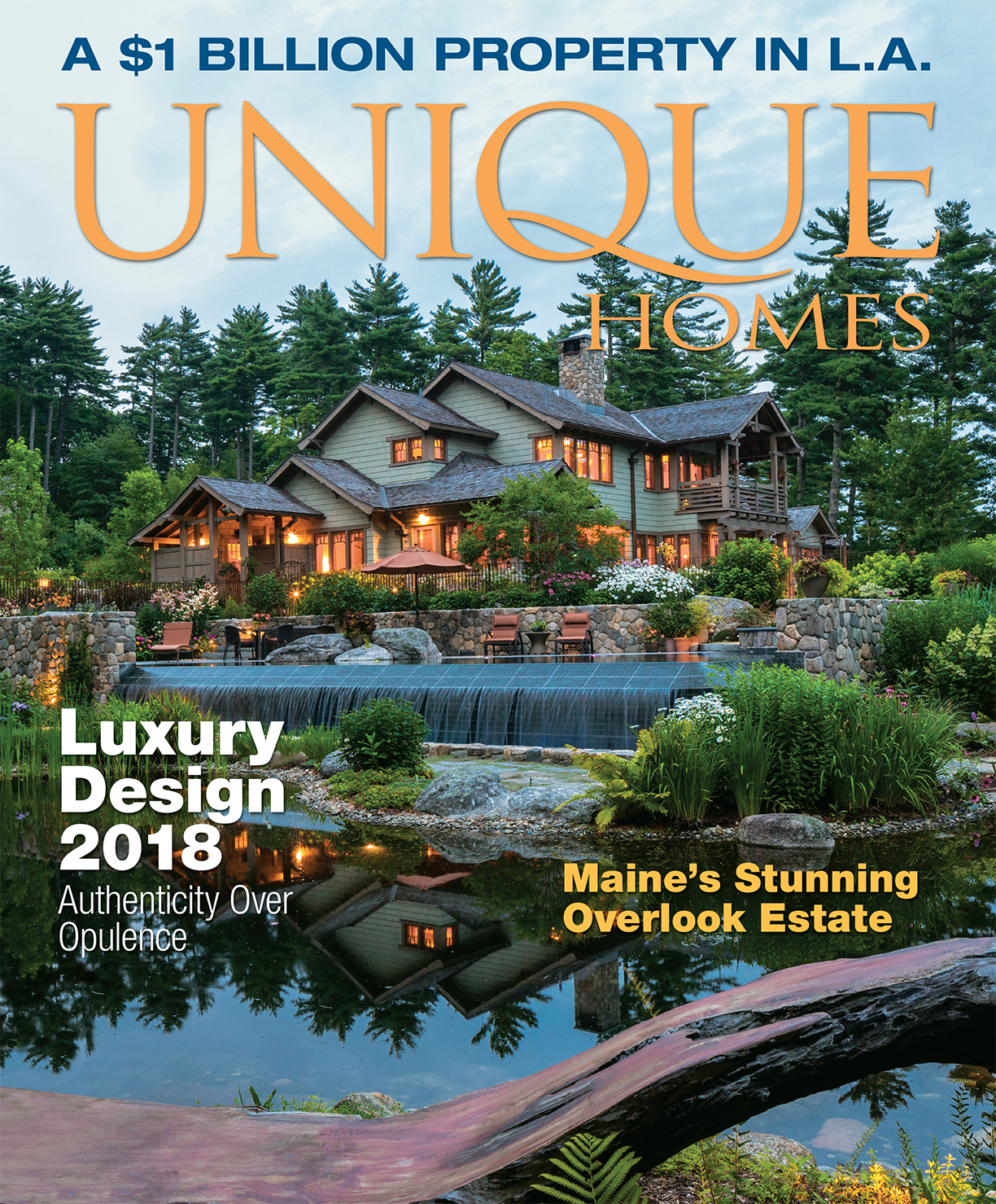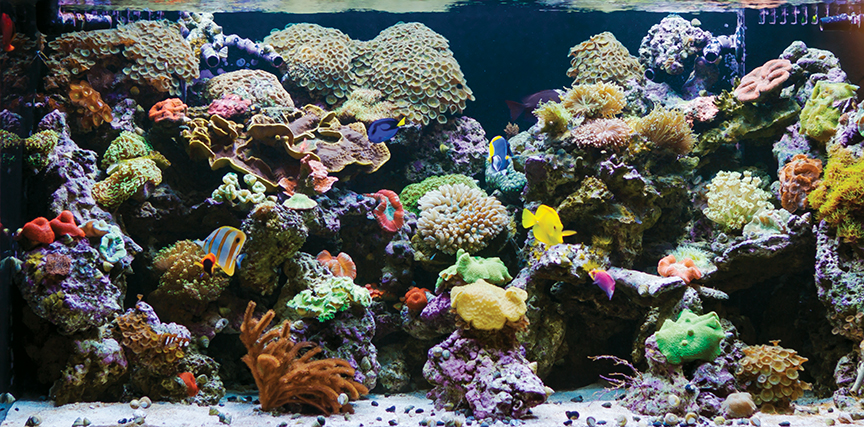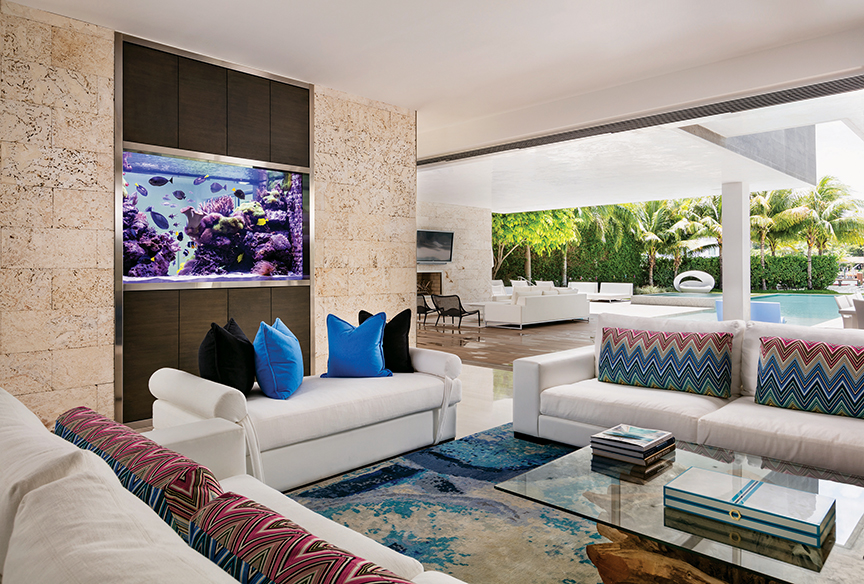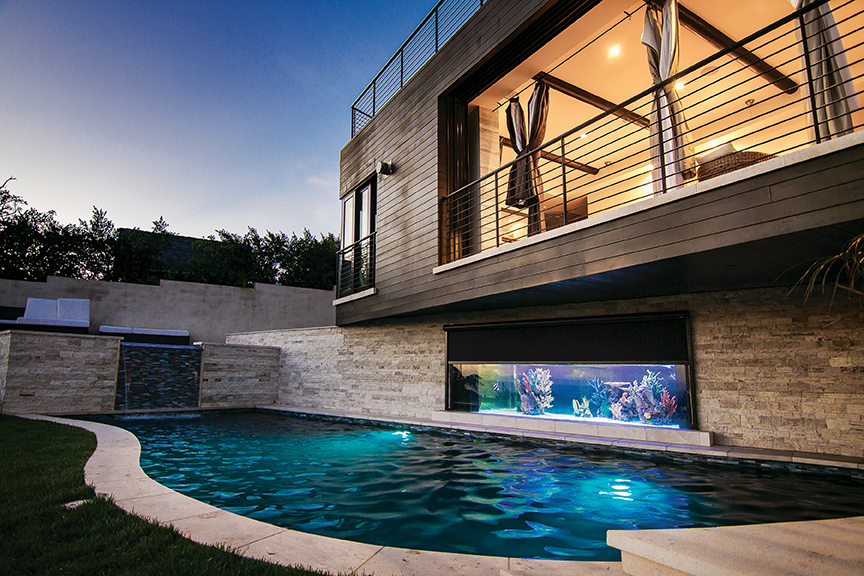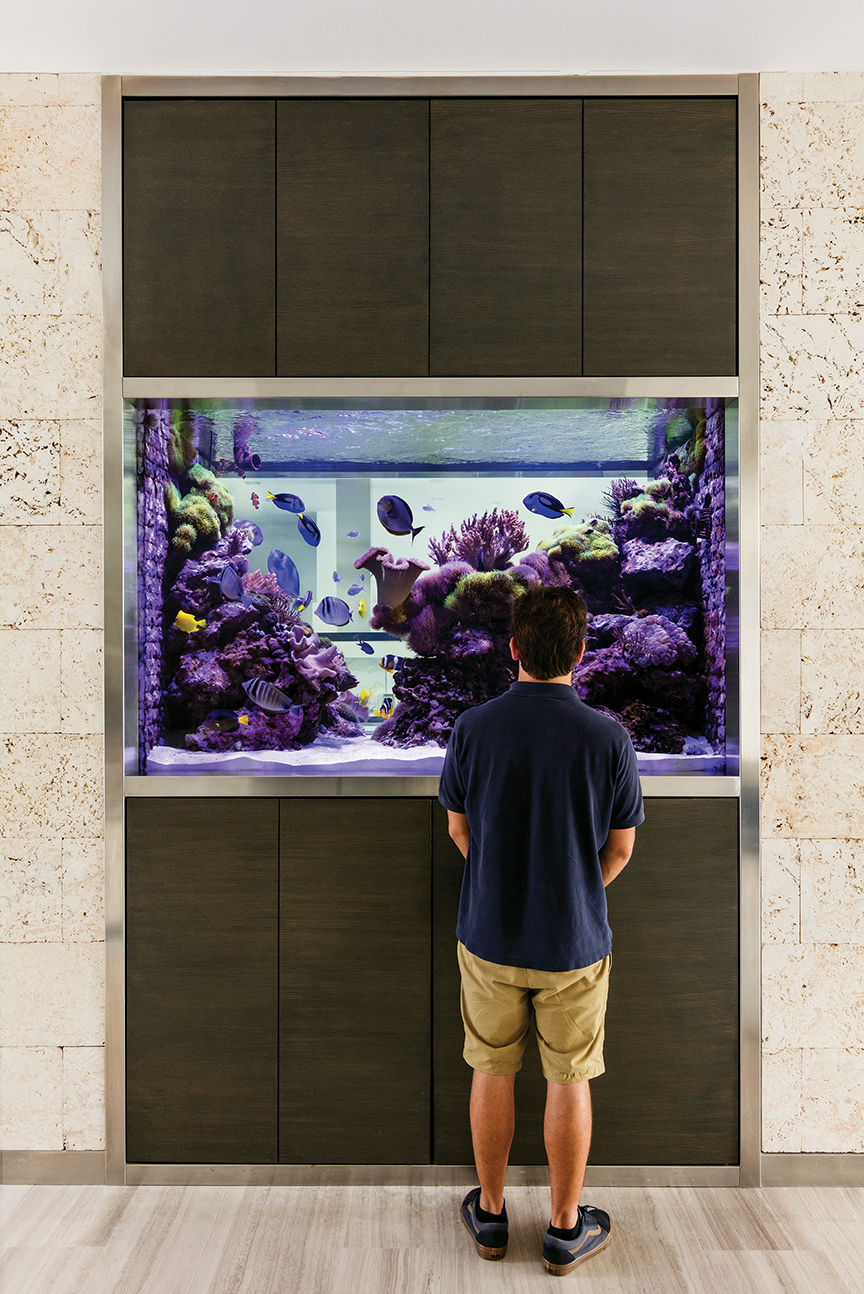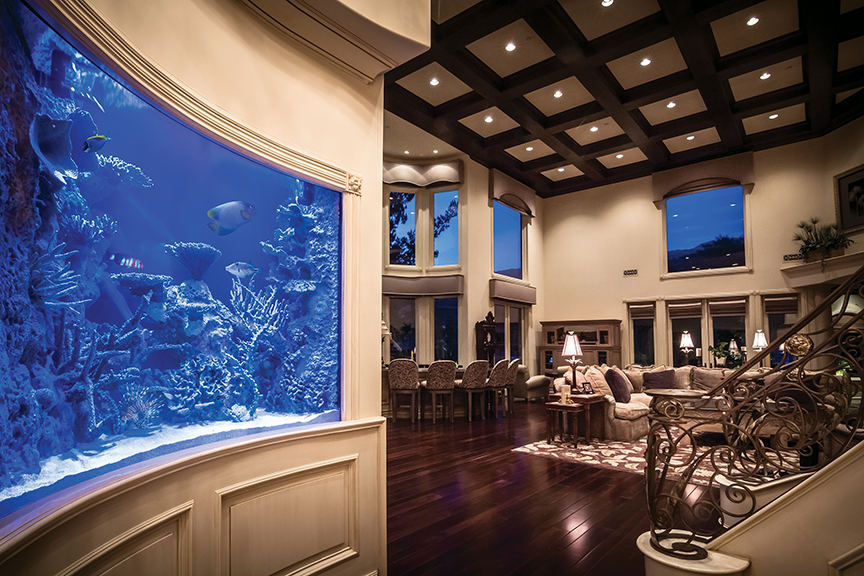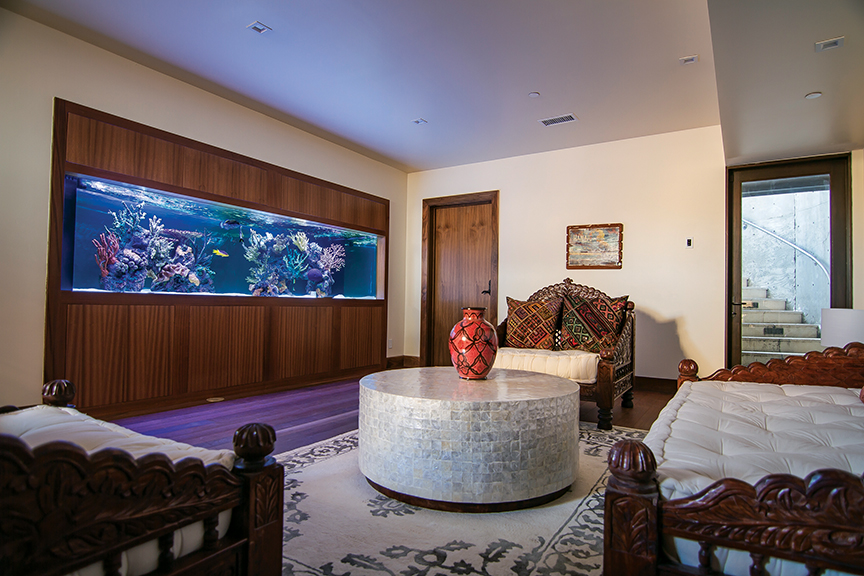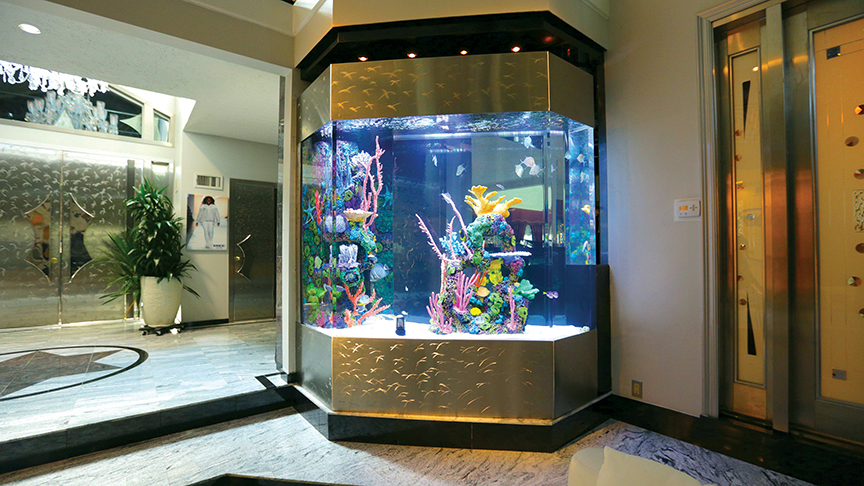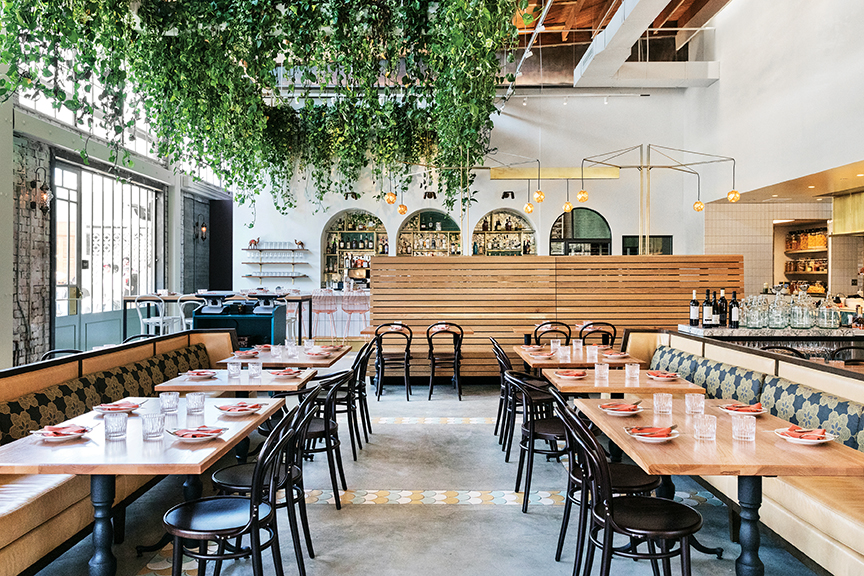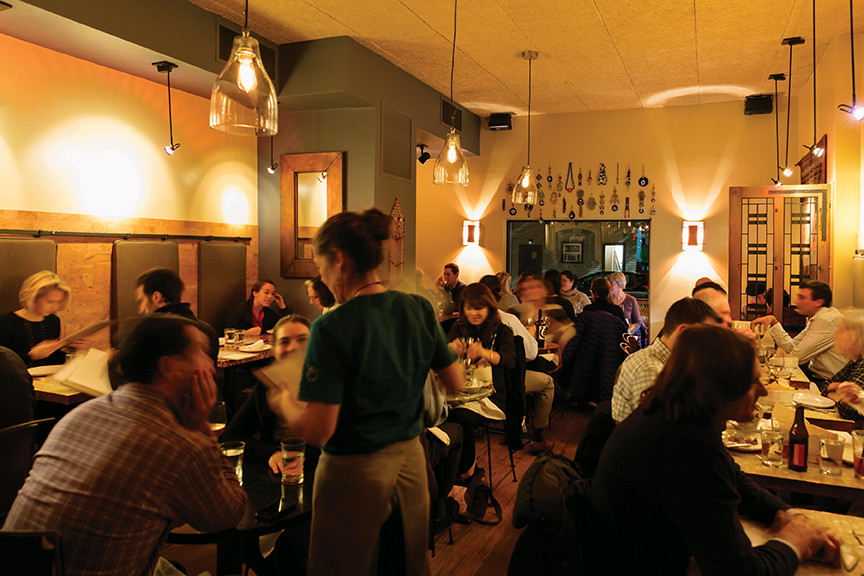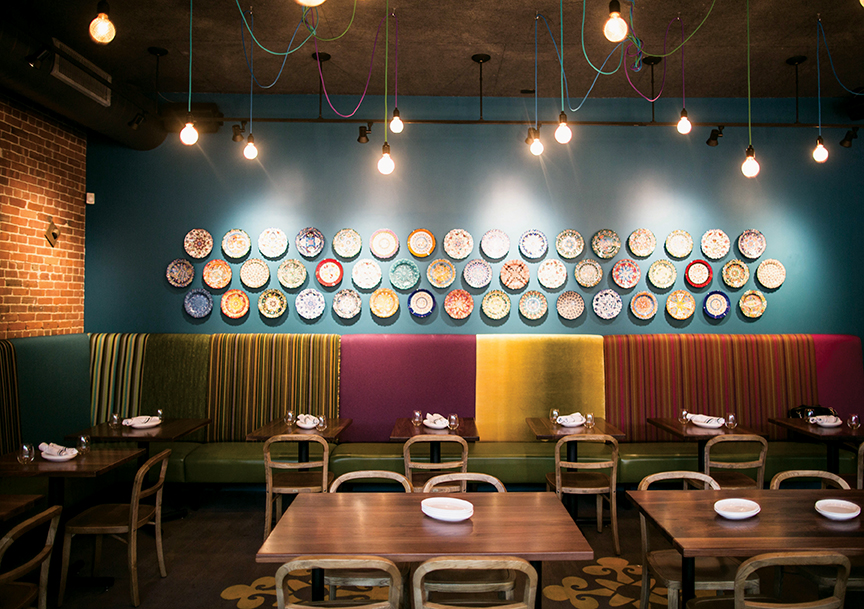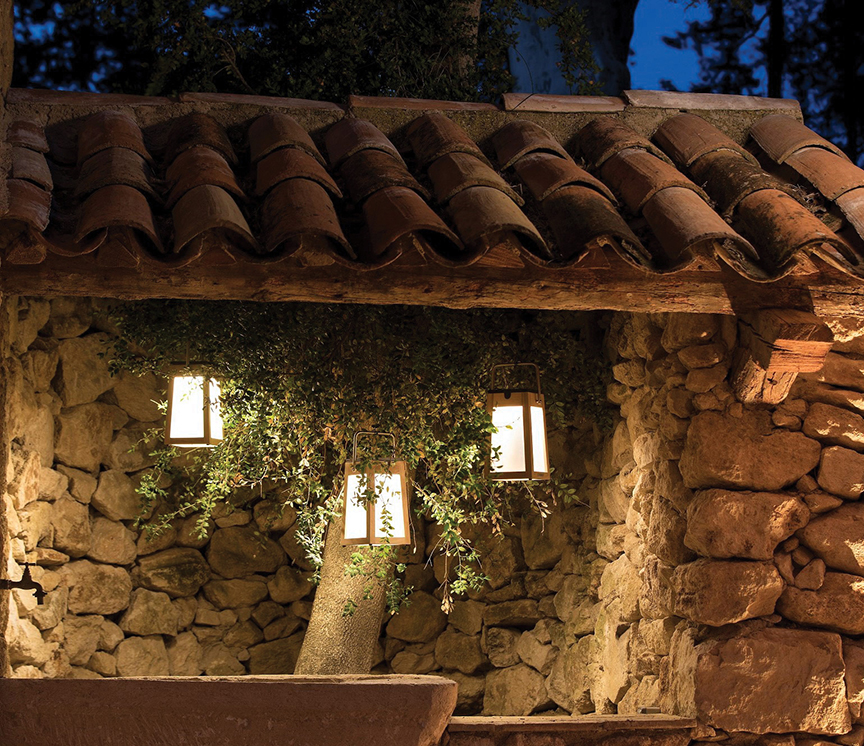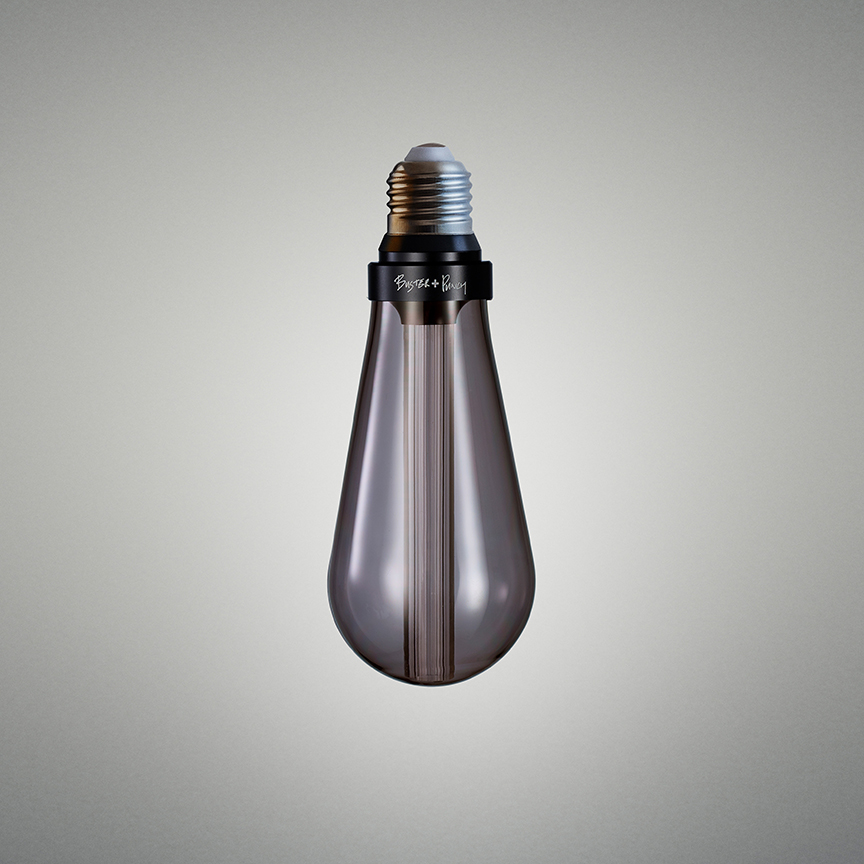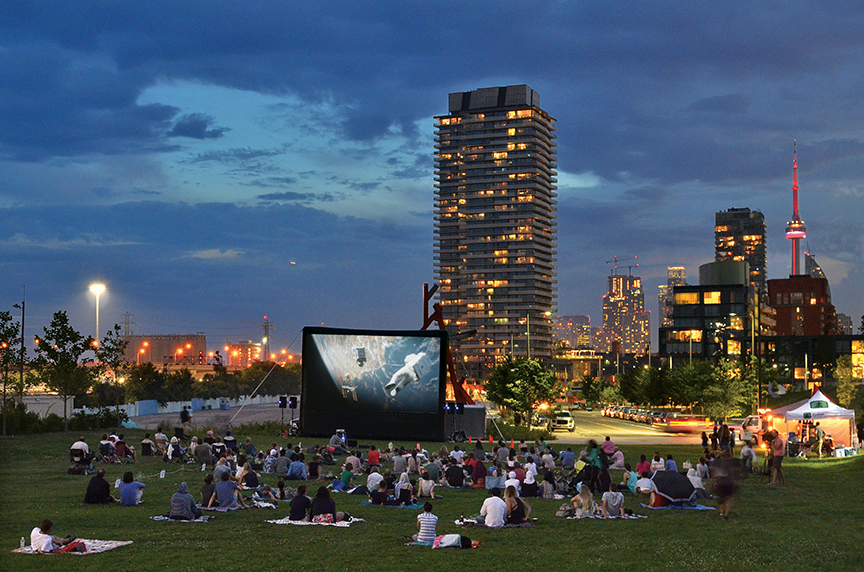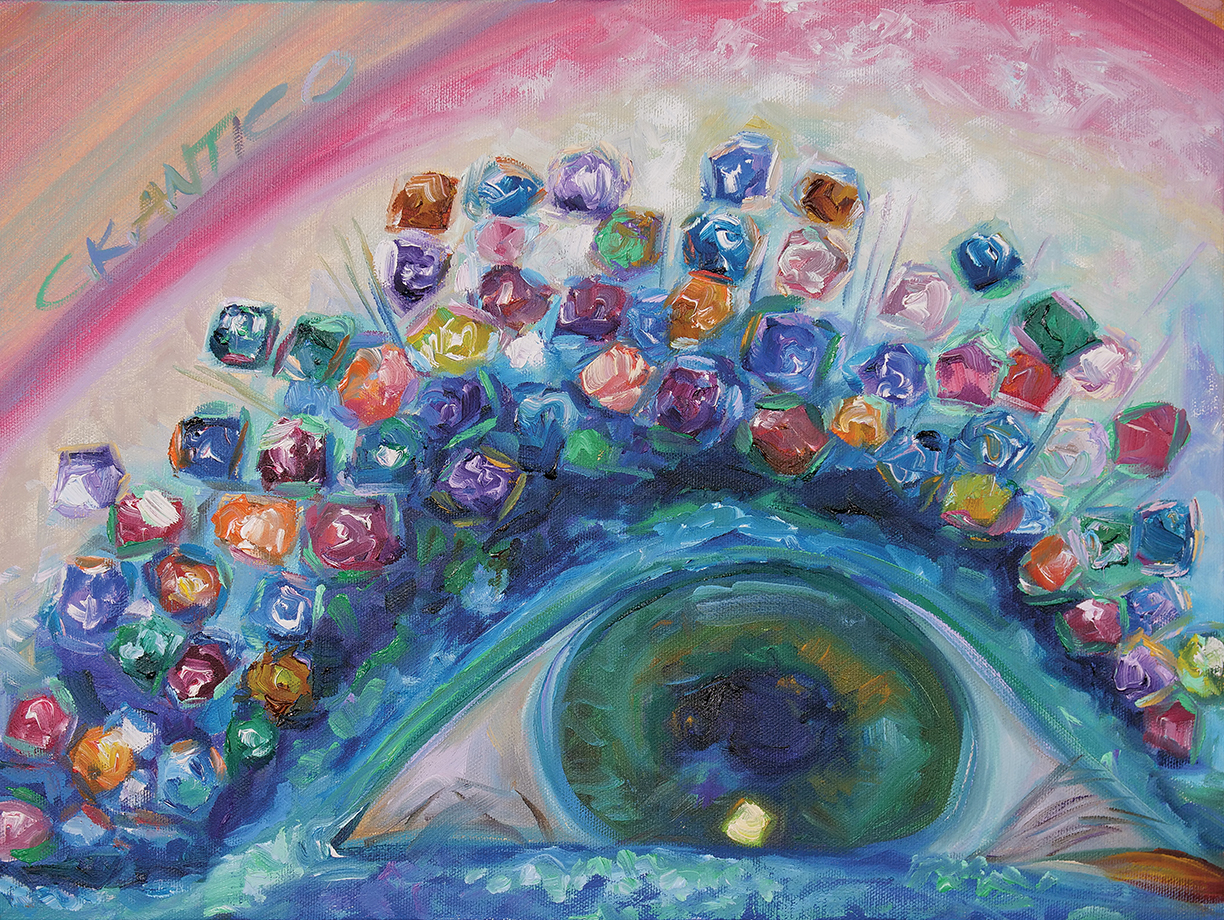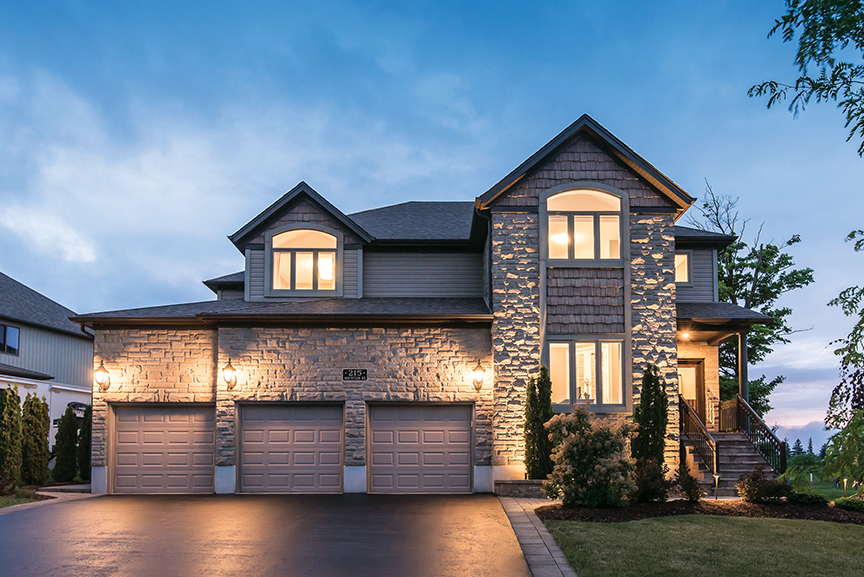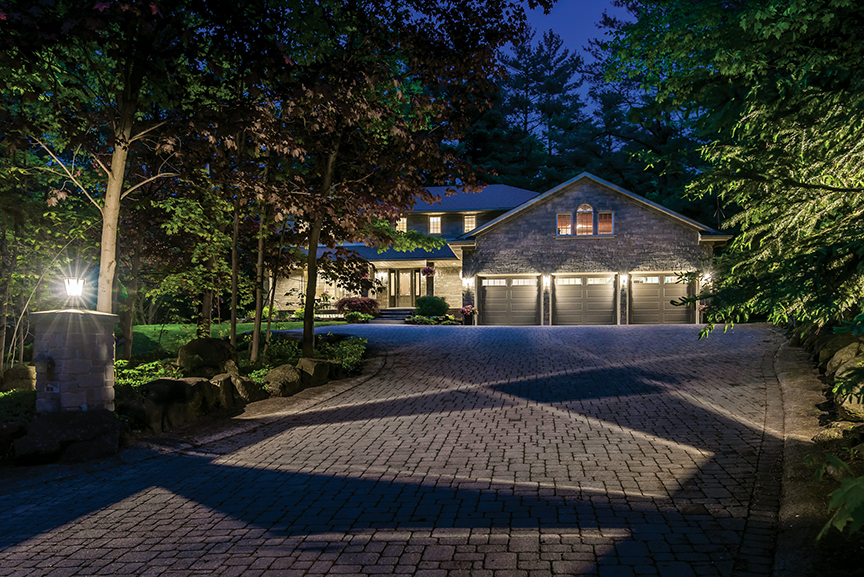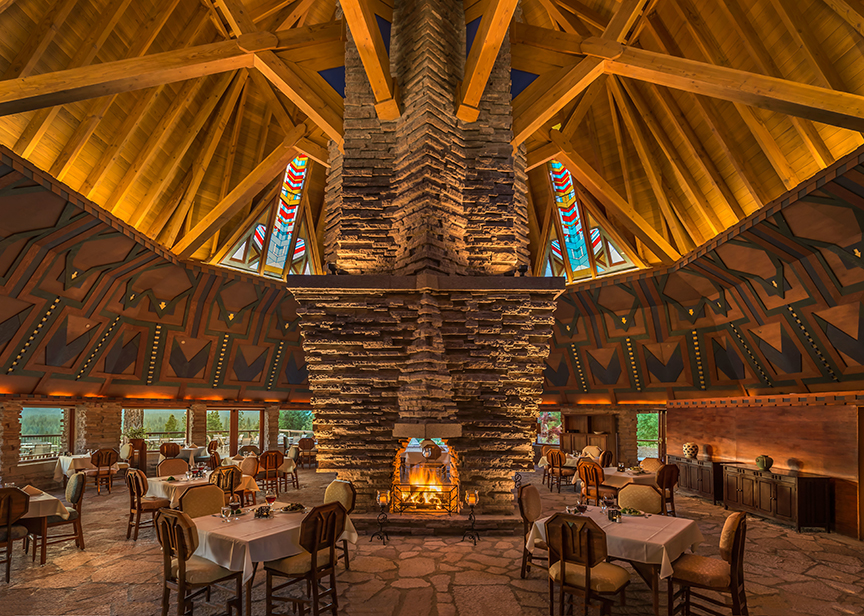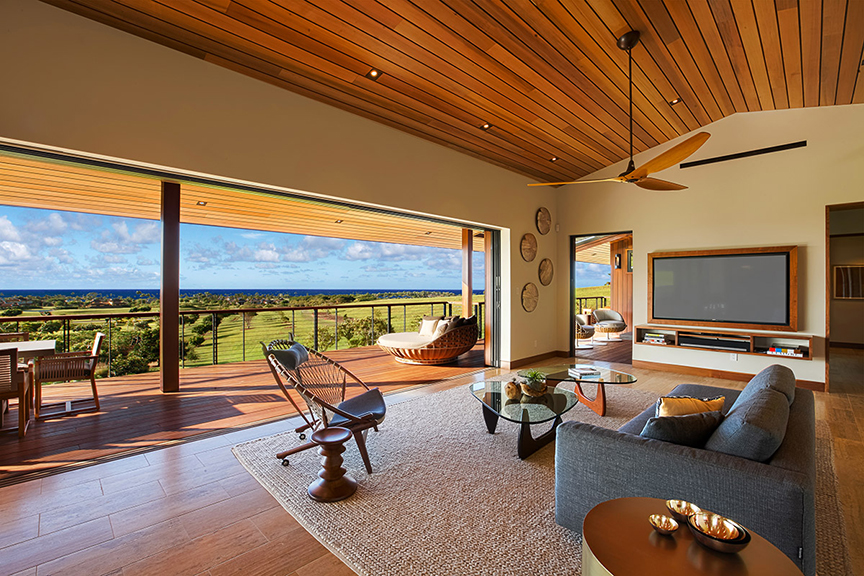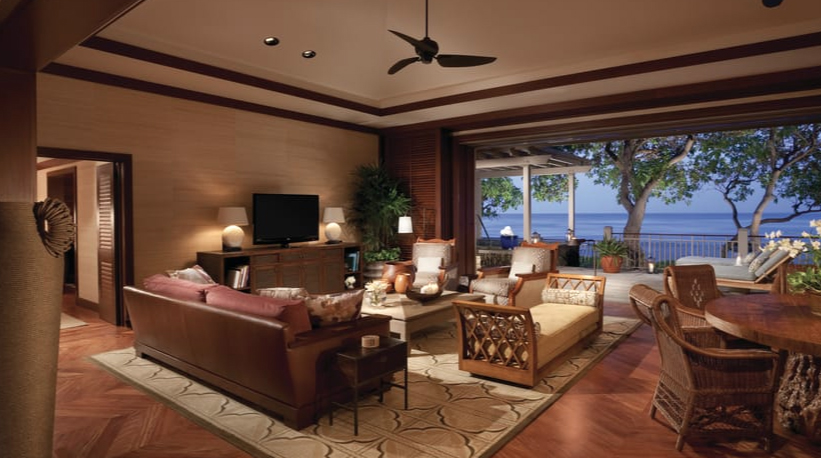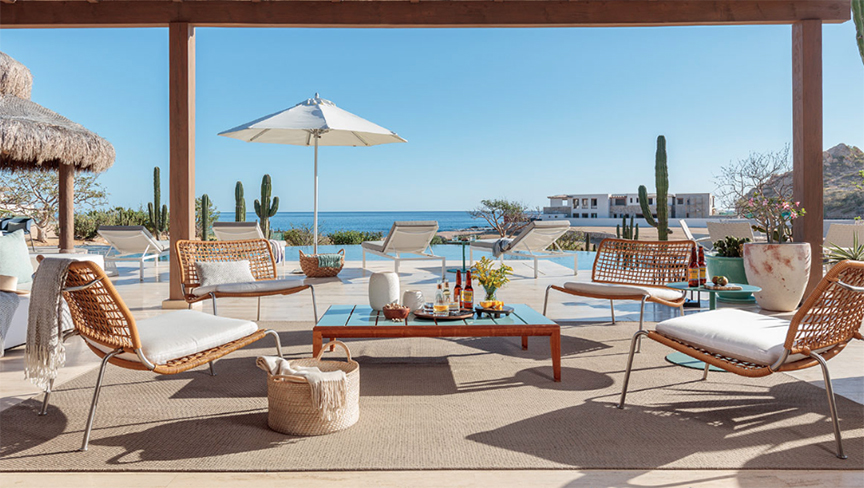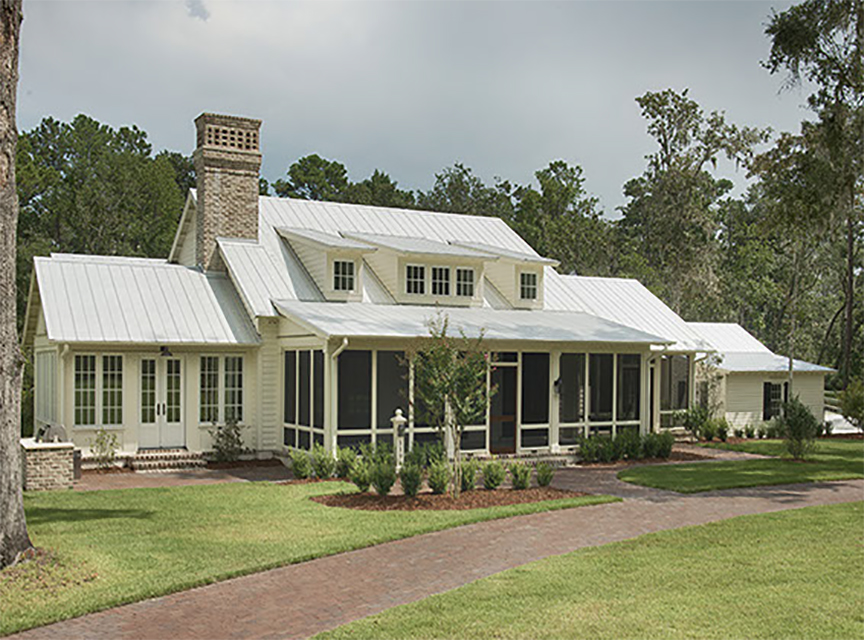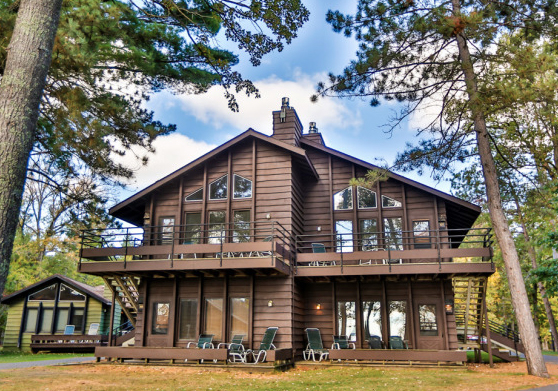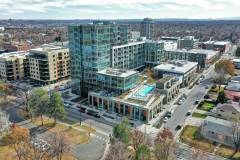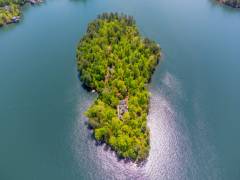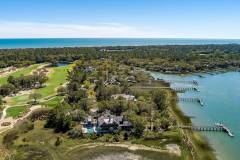In the 1950s and 1960s, Hollywood celebrities flocked to this house like bees to honeysuckle. Frank Sinatra owned it for ten years, Marilyn Monroe was rumored to add its guest cottage to her affair locations with JFK, Judy Garland and Vincente Minnelli renewed their vows there, the Rat Pack partied hearty there and guests included most of the big names in Hollywood, along with Sinatra’s politician friends. Considered to be California’s No. 1celebrity home, Byrdview, is on the market priced at $12.5 million.
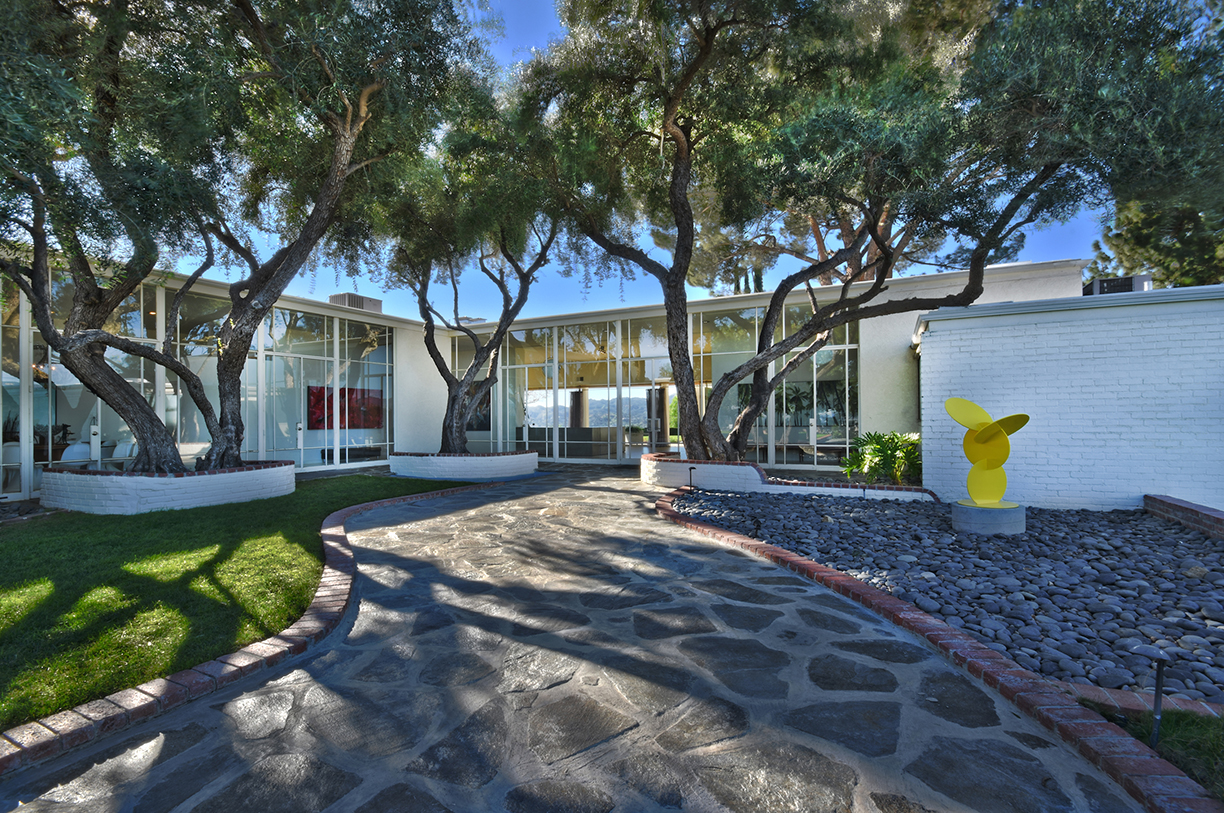

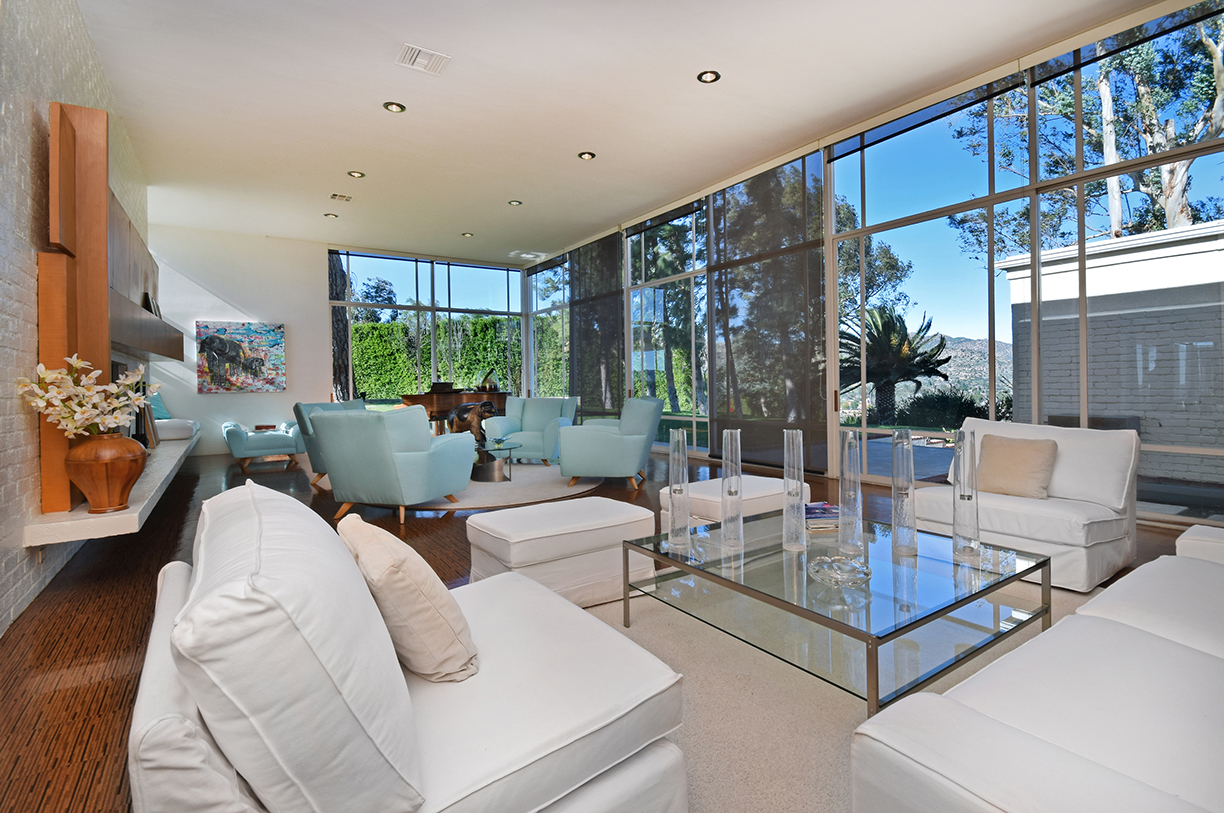
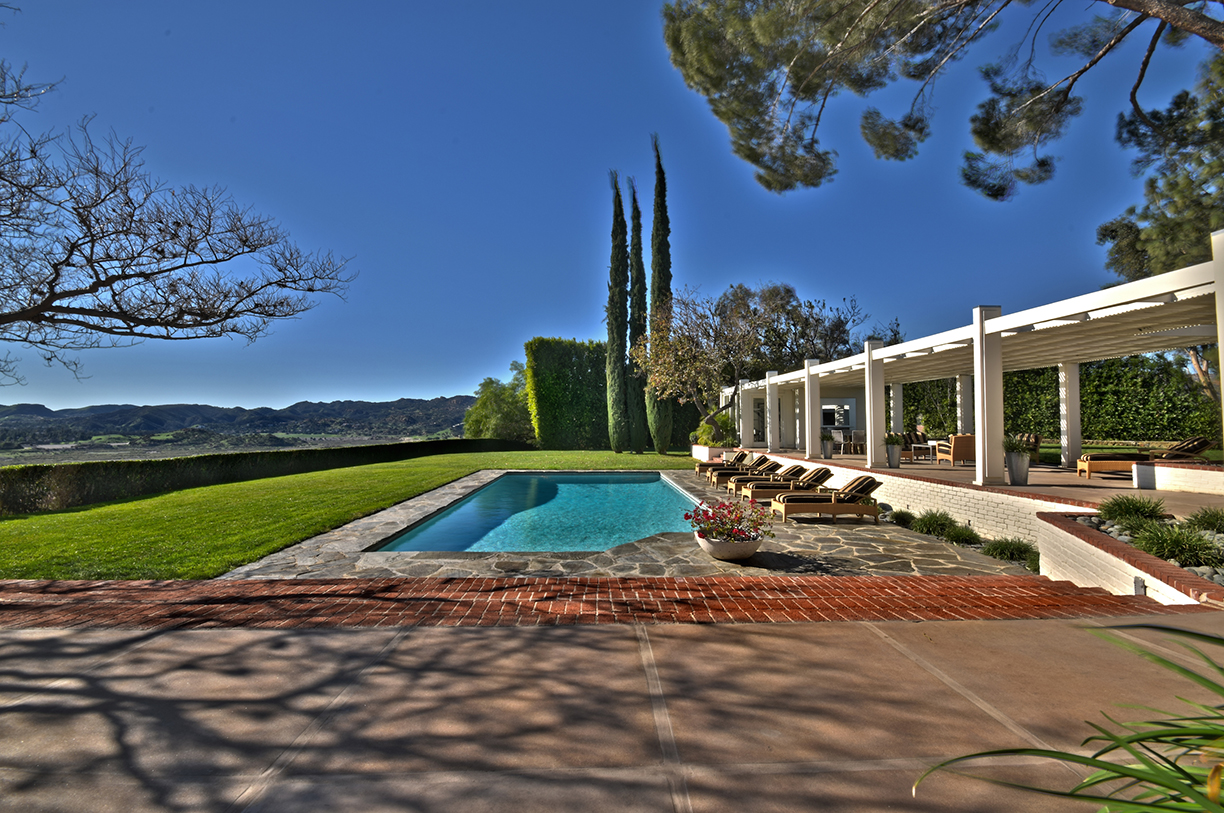
In 1949, socialite Dora Hutchinson, heir to the Chase Manhattan Bank fortune, commissioned futuristic architect William Pereira to design her new home. Not only was Pereira one of the most famous and prolific architects of the time, he had also been a film set designer, director and producer for several 1940’s movies, winning an Oscar for his special effects photography work on Cecille B. De Mille’s Reap the Wild Wind in 1942. The perfect architect to pack a dramatic punch, he designed a show stopping mid-century-modern home that was ideal for Dora’s grand-scale entertaining and would be just as stylish in 2019 as it was in the 1950s.
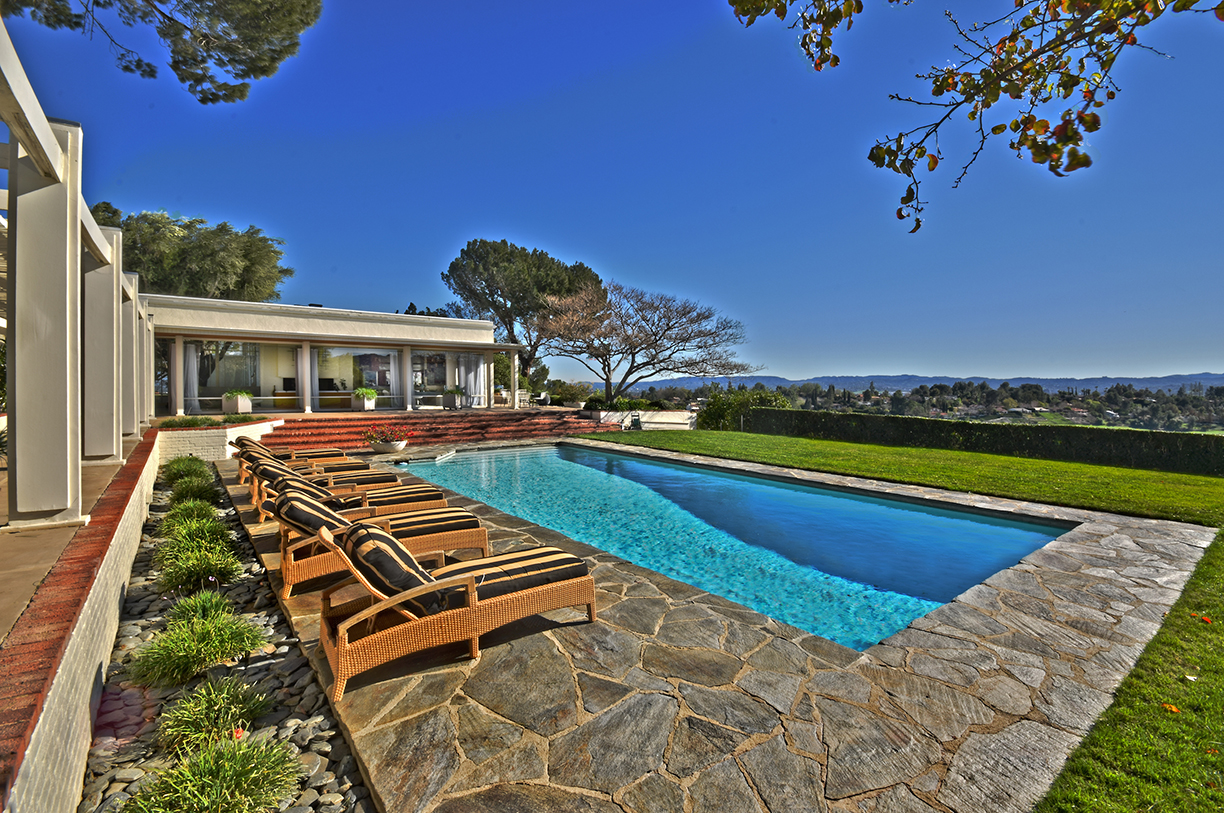
As soon as it was completed, she wasted no time in gathering the Hollywood stars and California business leaders for her soirees, many times setting off fireworks from her Byrdview perch to signal the start of cocktail hour. It was when she decided to move back to New York City that she passed it to Frank Sinatra, which shifted the entertaining from mannerly socialites to Rat Pack style.
Byrdview is located on 4.3 acres in the Chatsworth neighborhood on a hilltop with 360-degree views over Los Angeles, mountains and the surrounding 3,000 acres of nature preserve. Gated and not visible from the road, the 6,661-square-foot, four-bedroom, six-bath 60 percent of the structure’s walls are sixteen-foot-tall glass, flooding it with light and capturing the views in all directions.
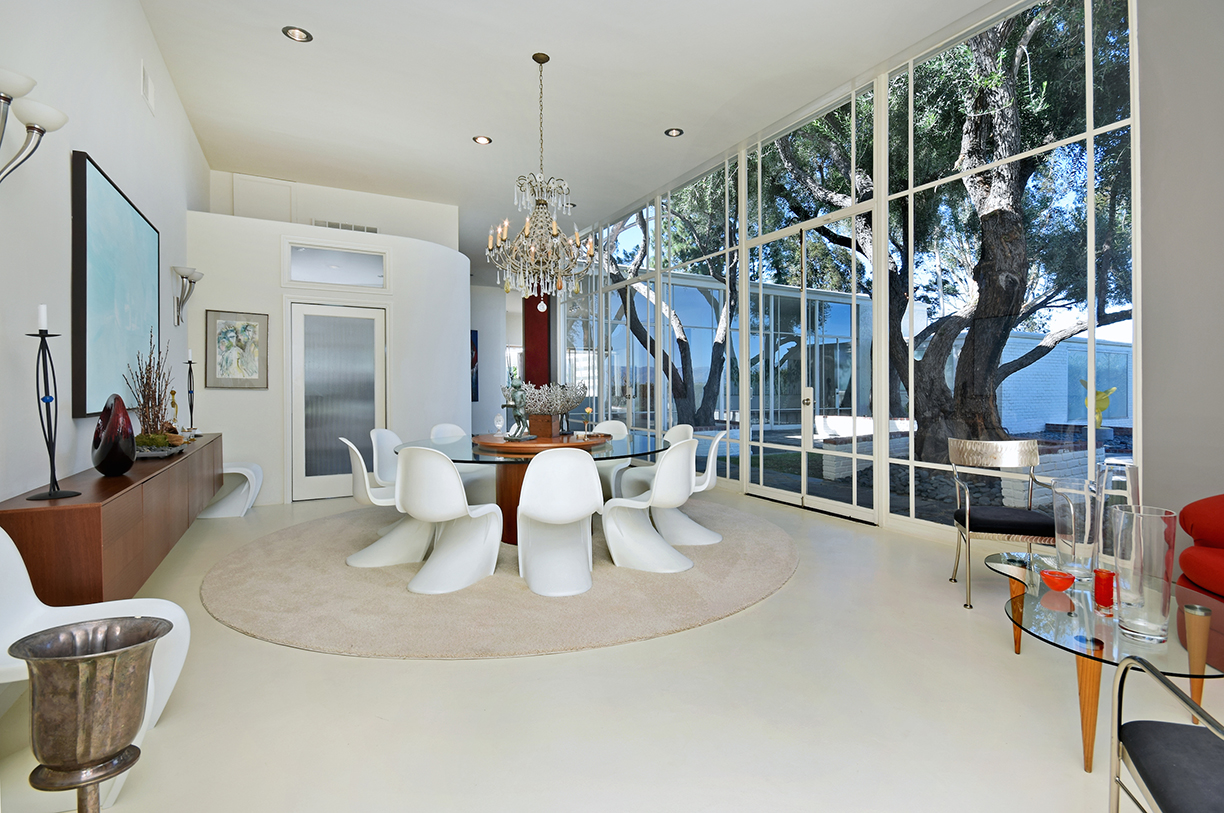
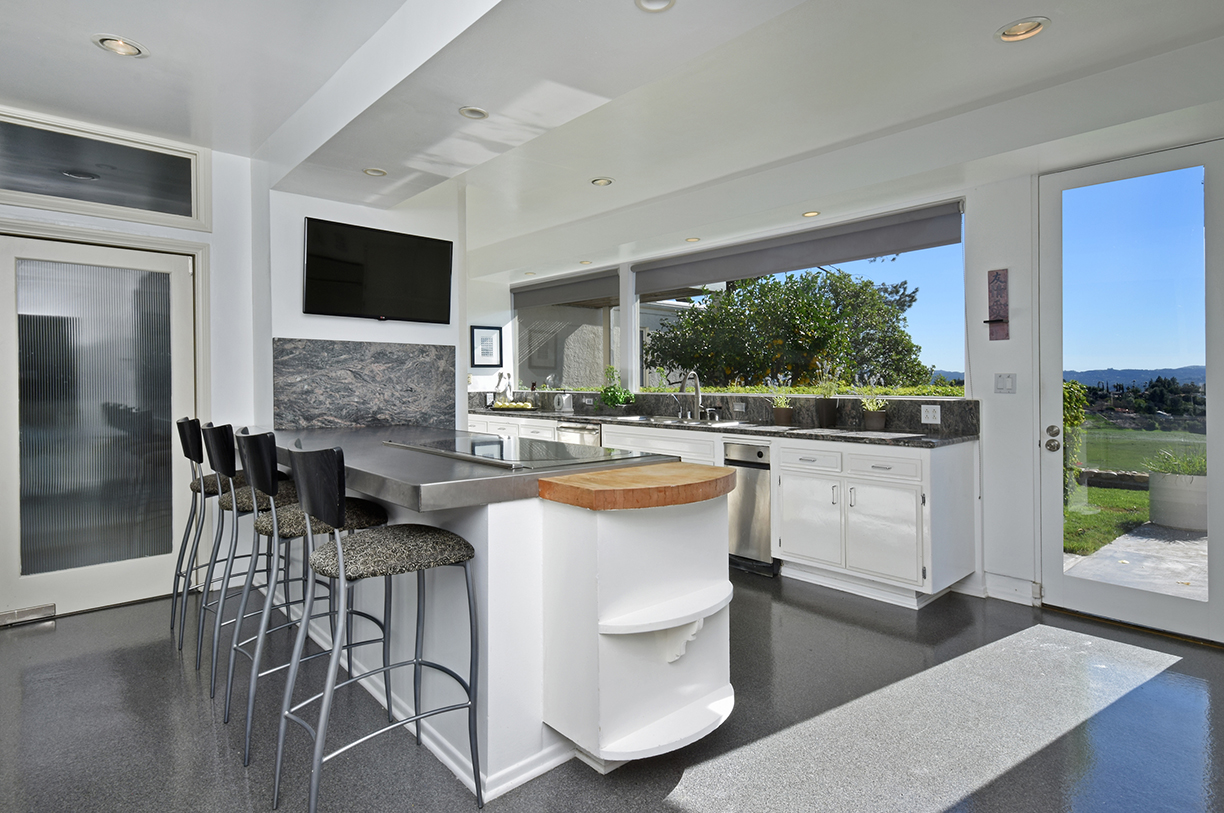
Also included is a bar, formal dining area, a den-office, large chef’s kitchen with island, breakfast nook with view and top-of-the-line appliances, a number of fireplaces, and endless entertainment areas both inside and out.
Byrdview has been the backdrop for numerous films, television shows and music videos. The house and grounds have been seen in films such as Swordfish, Dreamgirls, Transformers and Bewitched. It has also starred in television series Mad Men and Californication and music videos by Mariah Carey, Usher and Rihanna.
Byrdview, the home that has enjoyed its own celebrity status for 64 years, is for sale and priced at $12.5 million. The adjacent parcel of more than six acres also owned by the seller is negotiable separately. Co-listing agents are Craig Knizek and Barrie Livingstone of The Agency, Beverly Hills.

Used with permission from TopTenRealEstateDeals.com. Photos courtesy of The Agency.


